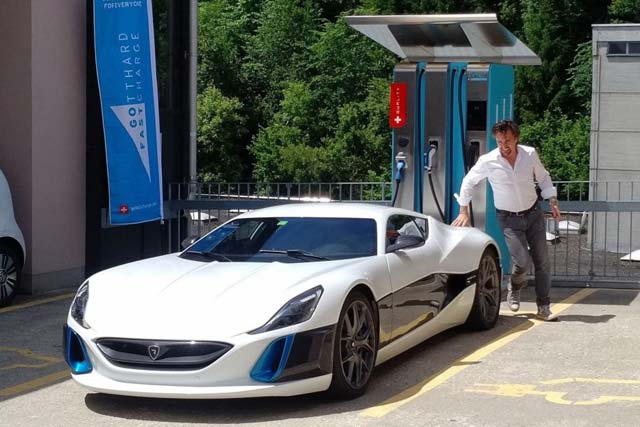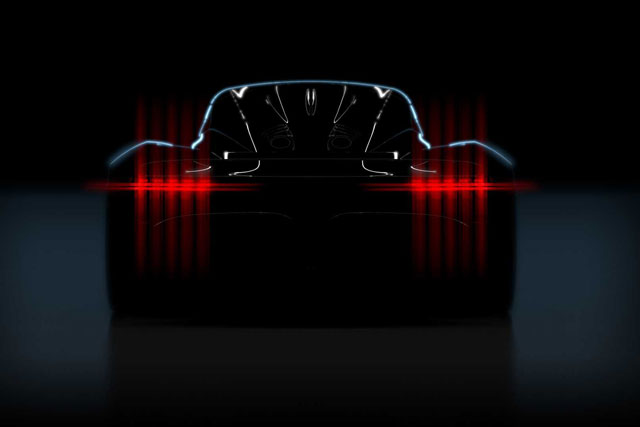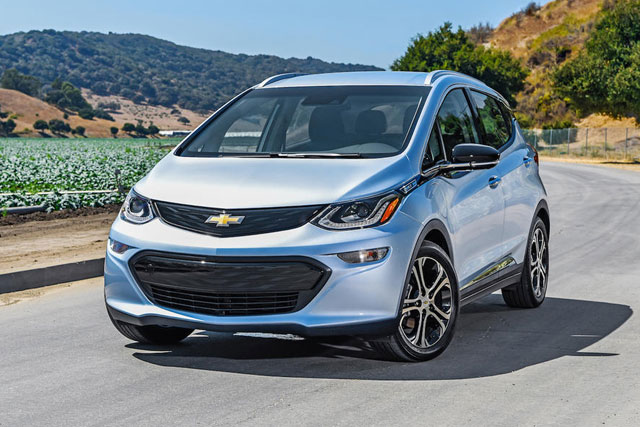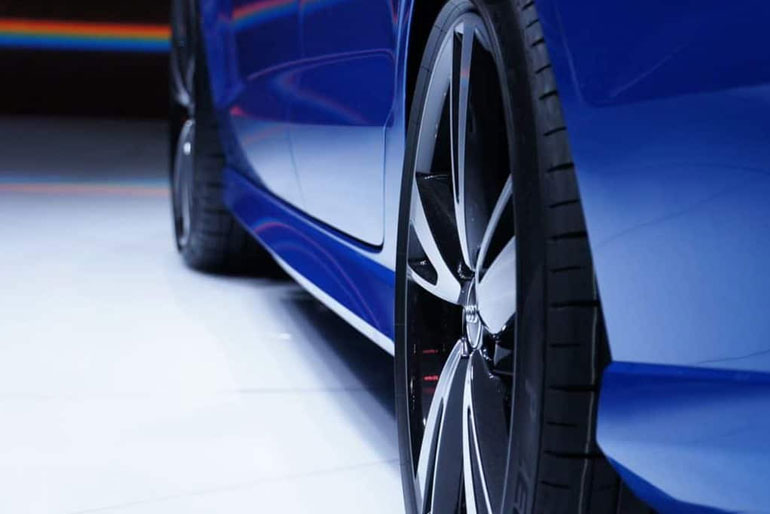Some environments are too demanding for traditional paint. Whether due to the punishing conditions they operate in or the extreme demands placed on them, components and equipment used in industries such as aerospace, defense, and construction require additional protection. That’s where powder coating offers real advantages. Unlike its liquid counterparts, this type of surface finishing provides enhanced adhesion and durability. Because it is more likely to remain intact on the surface of a component, it can protect it against the elements with greater success. It’s no wonder manufacturers who serve these demanding markets have turned to powder coating to give their customers the added strength and protection they need.
Within this category, there are a number of products that suit specific needs. Each has its own distinct strengths and weaknesses. That means it’s essential for anyone considering powder coating to understand each type and how it can be put to its best use. For example, epoxy is extremely resistant to chemicals, making it a good choice for products that must function in that environment. But because it is not UV-stable, it performs at its best indoors. Polyurethane offers stronger exterior stability than epoxy, but is softer and requires higher temperatures for curing. This means applicators may need specialized facilities to achieve optimal adhesion.
Although powder coatings as a whole offer many advantages over their liquid counterparts, not all are created equal. To help you make sense of the many varieties you may encounter when selecting the appropriate coating for your project, see the accompanying infographic.







